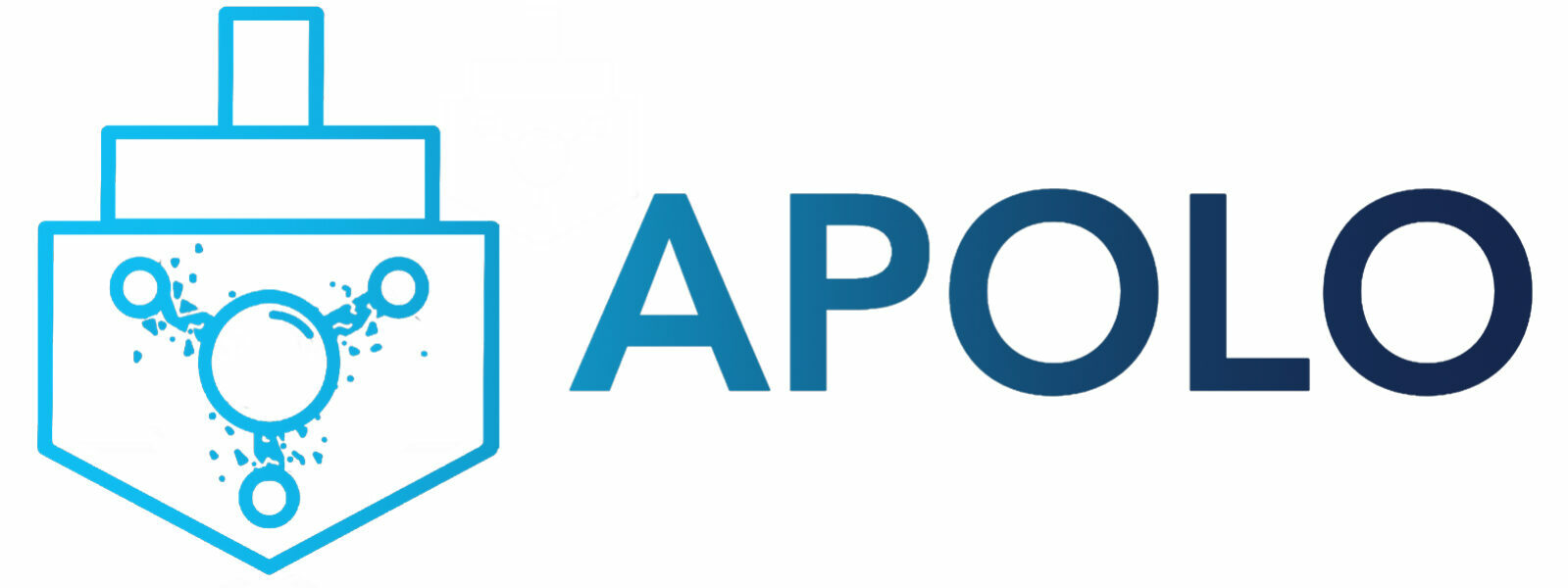EC adopted the ‘Fit for 55’ legislation to cut GHG emission by 55% by 2030 and the EU Ship Emissions Trading System, regulations that will push the adoption of environment friendly fuel usage. In this sense, the technologies developed in APOLO will support to reach those objectives, since, as indicated in the preliminary study carried out in section 2.2.2., the emission savings that could be achieved thanks to the technologies developed in APOLO would be 13.45 MTn of CO2eq. in the period 2032-2037.
Moreover, prototype 1 is focused on a power conversion system using FCs, thus increasing the electrification of shipping.
NH3 is a carbon-free and dispatchable energy carrier allowing to store large quantities of renewable electricity. Today, more than 17.5 Mtons of NH3 are safely traded and transported by truck, train and
ship. These ships mooring in 120 ports equipped with ammonia trading facilities worldwide which means significant savings in infrastructure costs compared to solutions based on other fuels.
The solutions proposed in APOLO (ER1&ER2) are designed, at first stage, for near shore and short sea vessels, which makes them suitable for inland waterways.
Technological alternatives for propulsion and auxiliary power units in the maritime sector are developing quickly. The different configurations studied in APOLO will shed light on the alternatives to current engines using fossil fuels, and further study the potential of ammonia as a hydrogen carrier in terms of sustainability and safety, eliminating not only CO2 emissions, but also, NOx, ammonia and N2O emissions.
APOLO will work through a holistic approach transforming the whole maritime and inland shipping value
chain. This global transformation will involve the use of digital tools based on artificial intelligence to optimise the logistics processes of the future.
During APOLO project an Economic assessment via Life Cycle Costing is envisaged, however, initial
calculations have determined that the expected employment creation could reach a global total new jobs creation of 23 000 during the period, 2032-2037.
Both power conversion systems will be tested at TRL5 for around 1000h.
During the tests, the resilience to fuel impurities and different power demand scenarios will be studied.
These will be defined in WP2 and executed in WP3 and WP4.
